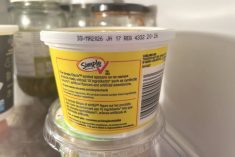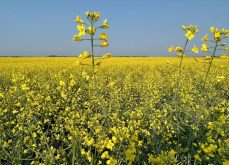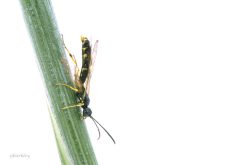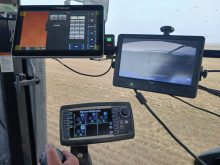Direct seeding, no till and zero till are common terms used in Canada. In a no-till cropping system, planting is the only operation which disturbs the soil. Only 25 to 35 per cent of the soil surface is disturbed. Most openers require that much disturbance to place the seed and fertilizer into a seedbed. Many farmers, however, strive for less than 25 per cent disturbance. No till is similar to low-disturbance direct seeding except that direct-seeding systems allow some tillage to deal with unusual conditions. A helpful fact sheet – Direct Seeding Systems: Terms, Definitions and Explanations – is available on Alberta Agriculture and Rural Development’s website.
Read Also
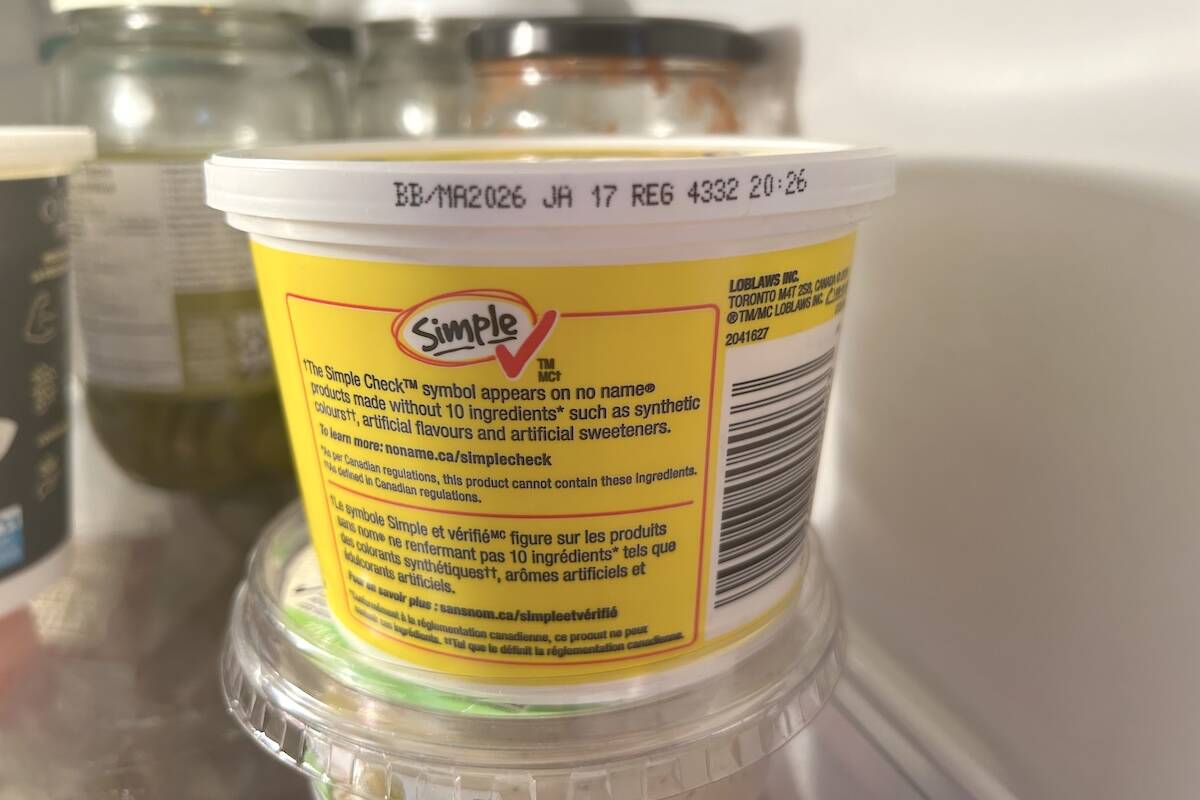
Best before doesn’t mean bad after
Best before dates are not expiry dates, and the confusion often leads to plenty of food waste.
“No till aims to minimize soil disturbance and maintain as much crop residue cover as possible to reduce soil moisture loss, capture snow, reduce weed germination, use less fuel, keep crop residue on the surface and anchored as well as to protect against wind and water erosion,” says Peter Gamache, team leader, Reduced Tillage Linkages, Edmonton.
“Conservation Agriculture is a relatively new term for North America, but is common in other parts of the world. It captures what we often talk about in a no-till or direct-seeding system, with emphasis on the system. Much remains to be learned about Conservation Agriculture. Some elements are known, while others are yet to be discovered. The definition of Conservation Agriculture is dynamic and will grow and change as we strive to achieve the ideal.”
There are three principles of Conservation Agriculture: minimal soil disturbance, permanent soil cover and diverse crop rotations. Information about conservation agriculture can be found on the Food and Agriculture Organization website at www.fao.org/ag/ca/.
“Minimal soil disturbance is what we try to achieve with no till,” says Gamache. “Tillage disrupts natural soil biological processes. Soil biology activities produce very stable soil aggregates as well as various size of pores, allowing air and water infiltration, plus a host of other benefits.
“Permanent soil cover, living or dead, protects soil from the physical impacts of rain and wind. It stabilizes soil moisture and temperatures in the surface layers. It is key to enhancing the habitat for soil organisms including plant roots, worms, insects and micro-organisms such as fungi and bacteria. Soil organisms cycle organic matter into humus and nutrients, contributing to stable soil structure.
A different mindset
Ideally, diverse crop rotations should be designed to make full use of the physical and chemical interactions between different plant species. They can also address multiple purposes: food, energy, livestock feeding, biological tillage and decompaction through different types of roots, nutrient cycling, pest and weed control.
Conservation Agriculture is a new and different mindset. Producers need to think of soil as a habitat for roots and soil organisms. Any damage endangers soil fertility and leads to land degradation. A permanent soil cover is the only way to protect, to feed and to regenerate the soil as habitat. Tillage does not create soil structure, but distorts the habitat of soil life.
“With these principles in mind, plowing, non-prescriptive tillage, burning, uncontrolled grazing and uncontrolled use of chemicals should be things of the past,” says Gamache. “Alberta farmers are making great strides in adopting Conservation Agriculture, we just like to call it direct-seeding systems. The unfortunate part of the term no till or zero till is it states a negative when in fact it’s all about a proactive approach to caring for our soils and enhancing the farm.”
Conservation groups in North America have just banded together to push the adoption of Conservation Agriculture. The Conservation Agriculture Systems Alliance (CASA) is a North American alliance of producer organizations united with a common goal to advance Conservation Agriculture systems. It facilitates communication among the members and throughout the world, promotes consistent messages about Conservation Agriculture, and shares information. CASA is supported by the Conservation Technology Information Center. For further information, visit www.conservationinformation.org/.


